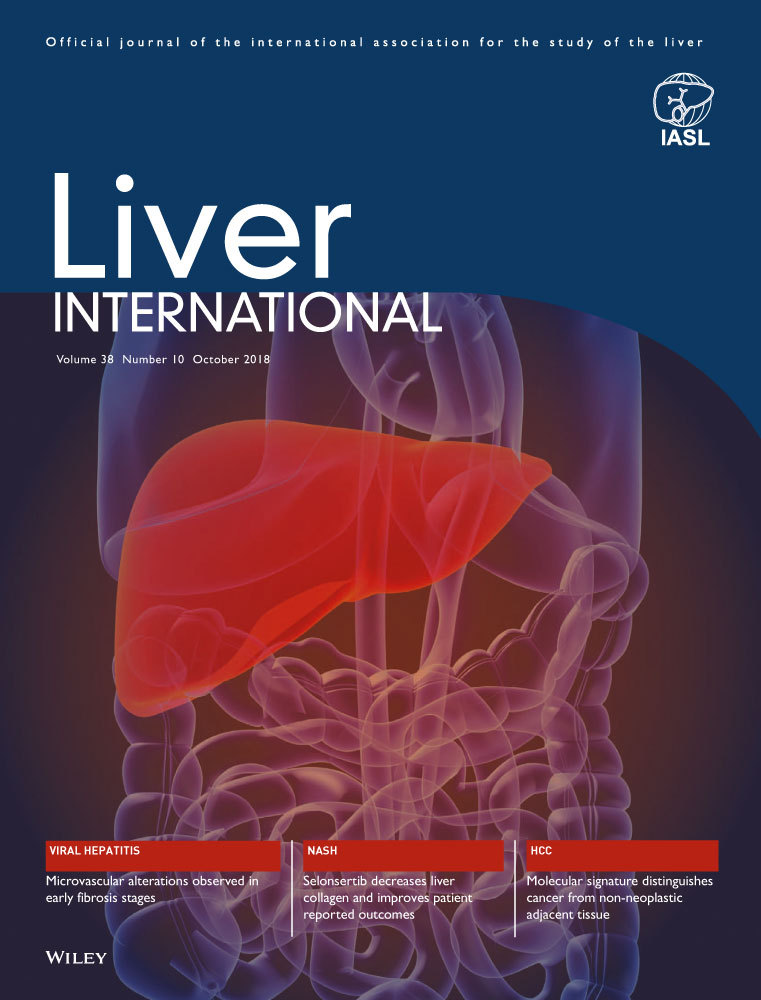Un-precipitated acute kidney injury is uncommon among stable patients with cirrhosis and ascites
Abstract
Background & aims
Acute episodes of renal dysfunction or acute kidney injury (AKI) in cirrhotic patients with ascites are mostly precipitated by an acute event. The prevalence of un-precipitated AKI in stable ascitic cirrhotic patients is unknown. The aims of this study were to determine (i) the prevalence of un-precipitated AKI in stable cirrhotics with ascites and (ii) any predictive factors for its development.
Methods
A total of 1115 stable cirrhotic patients with mild liver and renal dysfunction but varying degrees of ascites severity from 3 previous satavaptan vs placebo randomized controlled trials (Group A, ascites requiring diuretics but not paracentesis; Group B, ascites requiring frequent paracentesis; Group C, refractory ascites) were included. AKI was diagnosed when there was either an increase of ≥0.3 mg/dL in ≤48 hours or a 50% increase in serum creatinine, and staged according to the fold increase of the serum creatinine. Two serum creatinine levels measured maximally 7 days apart at screening and at randomization of the satavaptan studies with no acute intervening events were used.
Results
The prevalence of un-precipitated AKI was 1.8% overall, with the prevalence rising with increasing severity of ascites. Ninety-five per cent of cases were stage 1, with 15% progression rate, 3 reaching the severity of type 1 acute hepatorenal syndrome. Ascites severity was the most powerful predictor for un-precipitated AKI development, which did not predict overall mortality.
Conclusions
Increased prevalence of AKI with more severe ascites despite minimal baseline liver and renal dysfunction suggests that frequent monitoring of renal function in these patients is mandatory.
CONFLICTS OF INTEREST
Dr. Hugh Watson is an employee of Sanofi-Aventis R & D, which was the sponsor of the original satavaptan studies. All other authors declare no conflicts of interest.




